Going out on the water with your furry friends may not be as far fetched as you might think. Brutus loves the water, and you love Brutus. Then what better way to spend time together than by paddling with your dog on the water.
However, before taking your pup along, you need to master the boat first. Even on a lazy river, you could run into issues with your dog without the proper water and safety training. Just ask Lonnie Olson, founder, and director of Dog Scouts of America, about the potential issues.
Once while canoeing Olson hit a “fast spot” on a river and capsized. Her lab had to swim upstream against a strong current to get back to Lonnie. This situation could have been much worse, but because of proper training, the dog dug in and made the swim.
To ensure you avoid these precarious issues when out on the water, we spoke to several river enthusiasts for their tips on paddling with dogs.
Some of the links in this article may contain affiliate links. When you make a purchase using these links, we earn a small commission at no extra cost to you. Additionally, as an Amazon Associate, we earn from qualifying purchases. Please see our disclosure for more details.
Choose The Right Boat
First, you need the right boat if you are going to take your dog along with you paddling on the water. Lisa Peterson, Communications Director of American Kennel Club, recommends a 14-foot kayak with an open cockpit.
With an open cockpit, Chloe or Brutus can sit between your legs facing forward and can even lie down. One of those sleek model kayaks with the small cockpit and fancy portholes works fine for little pups. But as Lisa says, “an 80 to 100 pound (36-45 kg) lab just will not fit in,” so don’t try it! Whether you choose an inexpensive plastic kayak or something more sophisticated, be sure to get the open-deck model, and pretty much any canoe will work out.
For example, Donnie Roaf, an avid river enthusiast, often takes his yellow lab Zanzibar kayaking in Scorton Creek in Sandwich, Massachusetts. Being an engineer, he thought to build a platform on the front of his boat for Zanzibar. However, as he found out, “trying to place a flat piece of plywood on an oval kayak doesn’t work.”
So Zanzibar rides along in the cockpit with Donnie, sitting between his legs. She returns all wet and happy after her adventures, swimming, crabbing, and “horrifying other creek goers.” Needless to say, Zanzibar gets pretty hyper when she sees Donnie loading up the kayaks for an outing.
Read More: The First Timer’s Guide To Canoeing
Training Your Dog Is Key
Getting your pup the right size boat will not matter if your dog won’t stay there while you’re paddling. Dog training can help provide the proper tools to keep you and your pup safe.
Plus, if your pup is not trained to stay in your boat on command, they will not know which side of the kayak to exit first if they see a duck or even another traveling pooch. And you could be in big trouble. “The Labrador Retriever is a natural at waiting for the signal to retrieve a bird. So if you just give her a ‘sit and stay’ command in the kayak, she should stay put until you give her the release signal,” says Peterson.
Read More: Wildlife Encounters On The Water
Don’t Forget Your Life Jacket
Get your dog a life jacket, otherwise known as a personal flotation device (PFD) like this one. Plus, be sure to wear your own. The PFD should be a bright color, just in case the pooch goes overboard and bonks her head.
Not everyone puts a PFD on their dog, but it is a must if you are going into some rough or fast water, or if the dog is a less experienced swimmer. Fast water with a dog in the boat is a no-no anyway unless you are an expert. But maybe she likes to swim in the calm shallow river or creek like, Zanzibar does. Thus, you let her do so in shallow water with you in the boat alongside.
The PFD will allow her to swim longer without getting tired, and if she were to tire, you could use the harness to help her into the boat. Maybe; labs are big, remember. It’s a safety issue. Lonnie’s dog wears a harness, which Lonnie can use to help her out of the water, and the leash hooks onto this harness. NEVER hook the leash to the collar.
Bring Food, Doggie Snacks & Water
Any dog’s thoughts never stray far from food and doggie snacks. Granted, dogs will eat anything, but maybe it won’t be too bad if you bring along treats. You get hungry, and your dog also does! Additionally, if you are camping overnight, you need a bag of his food in an airtight container to avoid nasty incidents with wildlife.
Water is also a necessity for most paddlers who are traveling with their dogs. Drinking water may be right in the lake or river where you are paddling, but then again, do you want your pup to get diarrhea or some other awful affliction?
Just ask Tibi, the Australian Shephard, for advice. She goes kayaking with her people from the Southwind Kayak Center in Irvine, California. She drinks from a soft cloth bowl and loves to roll in dead fish or an old seal carcass. Yuk, just like a lab, isn’t she? Either way, never allow your dog to drink saltwater while paddling, or you will be guaranteed an unhappy dog with the runs.
Bring Along A First Aid Kit
Things can happen on trips, even day trips, so take along a first aid kit for you and Zanzibar. When your pup goes exploring, they might cut a pad. And remember to include sunscreen for her. Eh, you say? Sunscreen, for any pink pigment on her face, or any bare spots on her face. Water reflects the sun’s rays on the dog just as it does to you, so be thoughtful and protect her.
Always Bring Doggie Bags
For sure, you may want to bring along doggie poop bags, depending on where you are taking Jean Claude. “Just go deep in the woods behind a tree and let nature work at it, or if you want to be tidy, bury it off to the side,” says Peterson. But some locations, islands, in particular, may require you to carry out when you bring in. In that case, bring ziplock bags or a doggie trash can to avoid the smell.
Save Some Time For Play
Depending on where you take Zanzibar or Brutus, or Chloe, or Tibi, even Jean Claude, for that matter, they all like to play. So if you are tired of playing fetch with a stick, bring along a toy for time spent inland, especially if you are in a remote area.
However, don’t let the dog roam free as there could be a wildlife encounter or nefarious plantlife. Barb Campbell and her husband Richard Ehrlich of Ontario Province kayak on Georgian Bay, but they do NOT take their two labs, Mocha and Tobler, on those trips. Blastomycosis, a fungus infection, is rampant along some shorelines. The dogs are probably not happy about missing the outings, but they get to go in the big canoe when Barb and Richard head elsewhere for the day. And these two get to camp overnight. Speaking of camping…
Stay Safe If You Choose To Camp
Camping is heaven for most dogs. They can smell all those fresh new scents, have the possibility of a nice rotten fish to roll in, chase ducks and crabs, or just lounge around. Lonnie’s Zanzibar loves to go crabbing, but all games have rules. And Barb, a wilderness camper, has some good suggestions for anyone thinking of taking the pooch on an overnight.
- Check the campsite immediately for broken glass, chicken bones, shards of tin cans, and other potentially dangerous trash.
- Bring something for your pup to sleep on, or she may try to dig her own hole. Barb and Richard use an old sleeping bag in their tent, though Mocha and Tobler are not above sneaking onto Barb and Richard’s sleeping pad if one of the humans gets up in the night! Dogs IN the tent, you say? Well, Barb brings along an old towel and wipes her babies down before they go in for the night.
- Don’t leave Jean Claude loose at night, or he may decide to duke it out with a skunk or a bear. If your dog sleeps outside the tent, tie them up.
- Put a bell on your dog when they are roaming around during daylight hours within a campsite. The hope here is that she will warn off any wildlife and avoid trouble all around.
Read More: Canoe Camping: Plan, Pack, and Paddle
Overall, do your homework and make sure Brutus does too, and you’ll all have a good time!
What tips do you have for paddling with your dog? Let us know in the comments below!
This article was first published on Snowshoe Magazine and updated in April 2020 with formatting changes and additional links.
Read Next: Prep Your Kids For Canoeing; You Will Thank Me Later
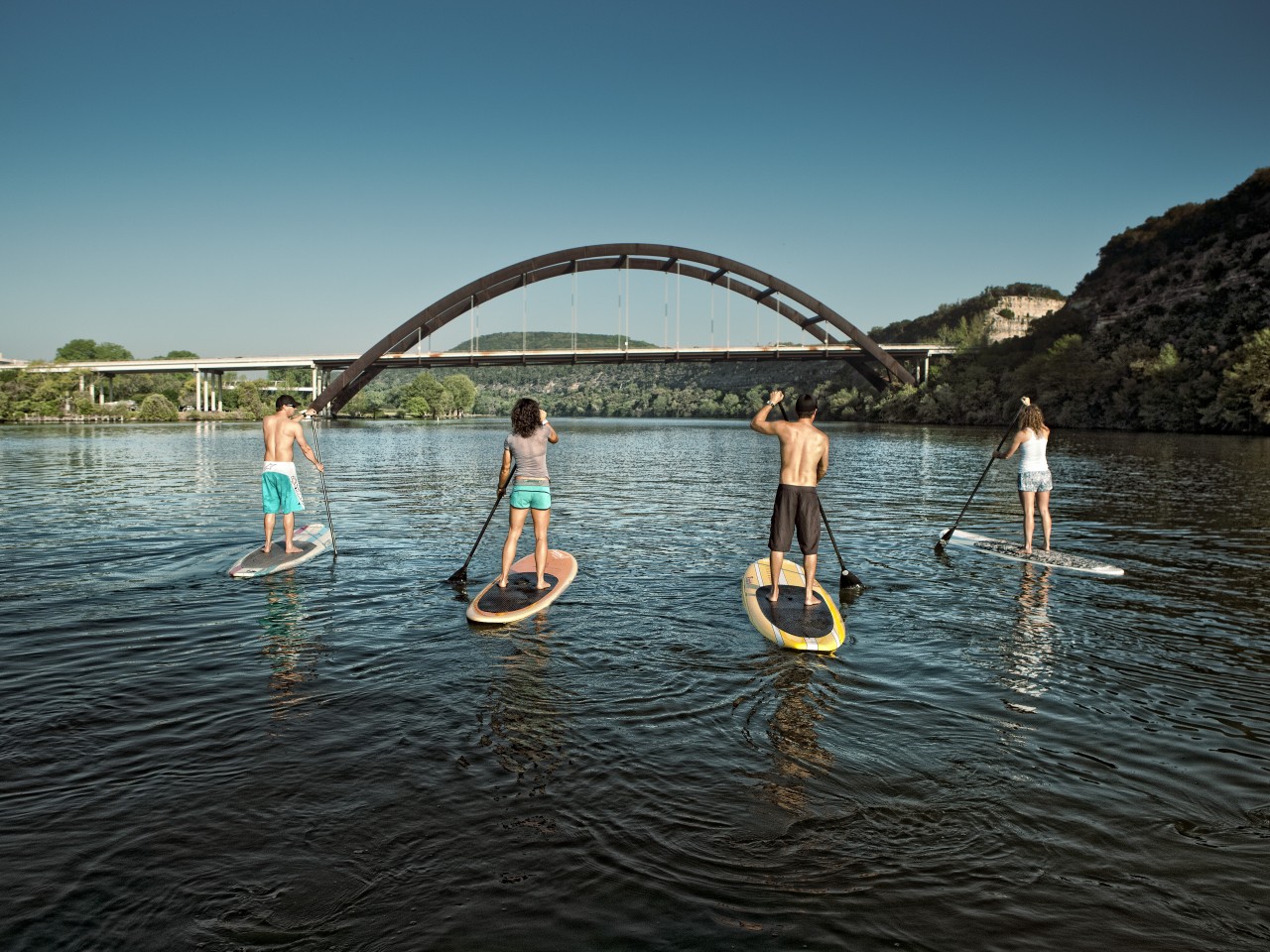
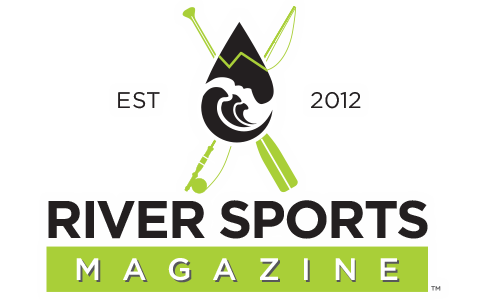
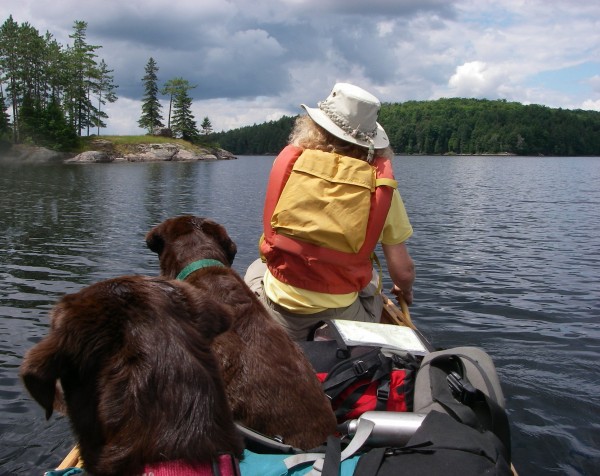
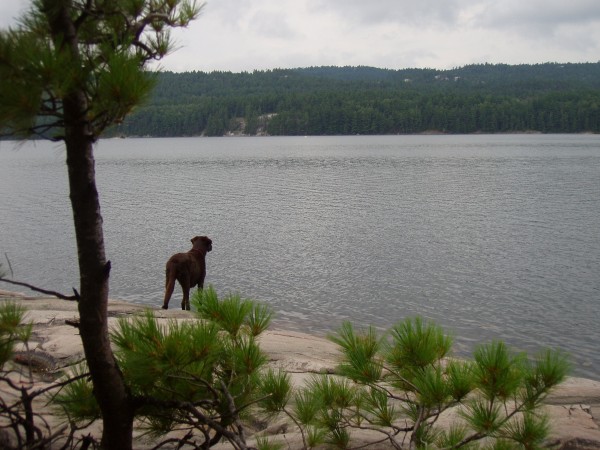
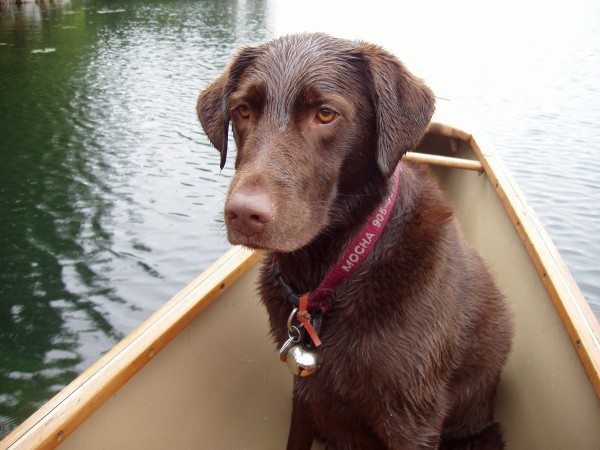

Follow us for the latest news!